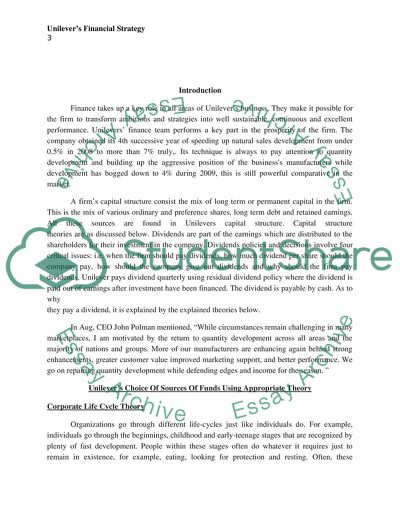Cite this document
(“Evaluate Unilevers financial strategy Essay Example | Topics and Well Written Essays - 2000 words”, n.d.)
Retrieved from https://studentshare.org/finance-accounting/1624582-evaluate-unilevers-financial-strategy
Retrieved from https://studentshare.org/finance-accounting/1624582-evaluate-unilevers-financial-strategy
(Evaluate Unilevers Financial Strategy Essay Example | Topics and Well Written Essays - 2000 Words)
https://studentshare.org/finance-accounting/1624582-evaluate-unilevers-financial-strategy.
https://studentshare.org/finance-accounting/1624582-evaluate-unilevers-financial-strategy.
“Evaluate Unilevers Financial Strategy Essay Example | Topics and Well Written Essays - 2000 Words”, n.d. https://studentshare.org/finance-accounting/1624582-evaluate-unilevers-financial-strategy.


